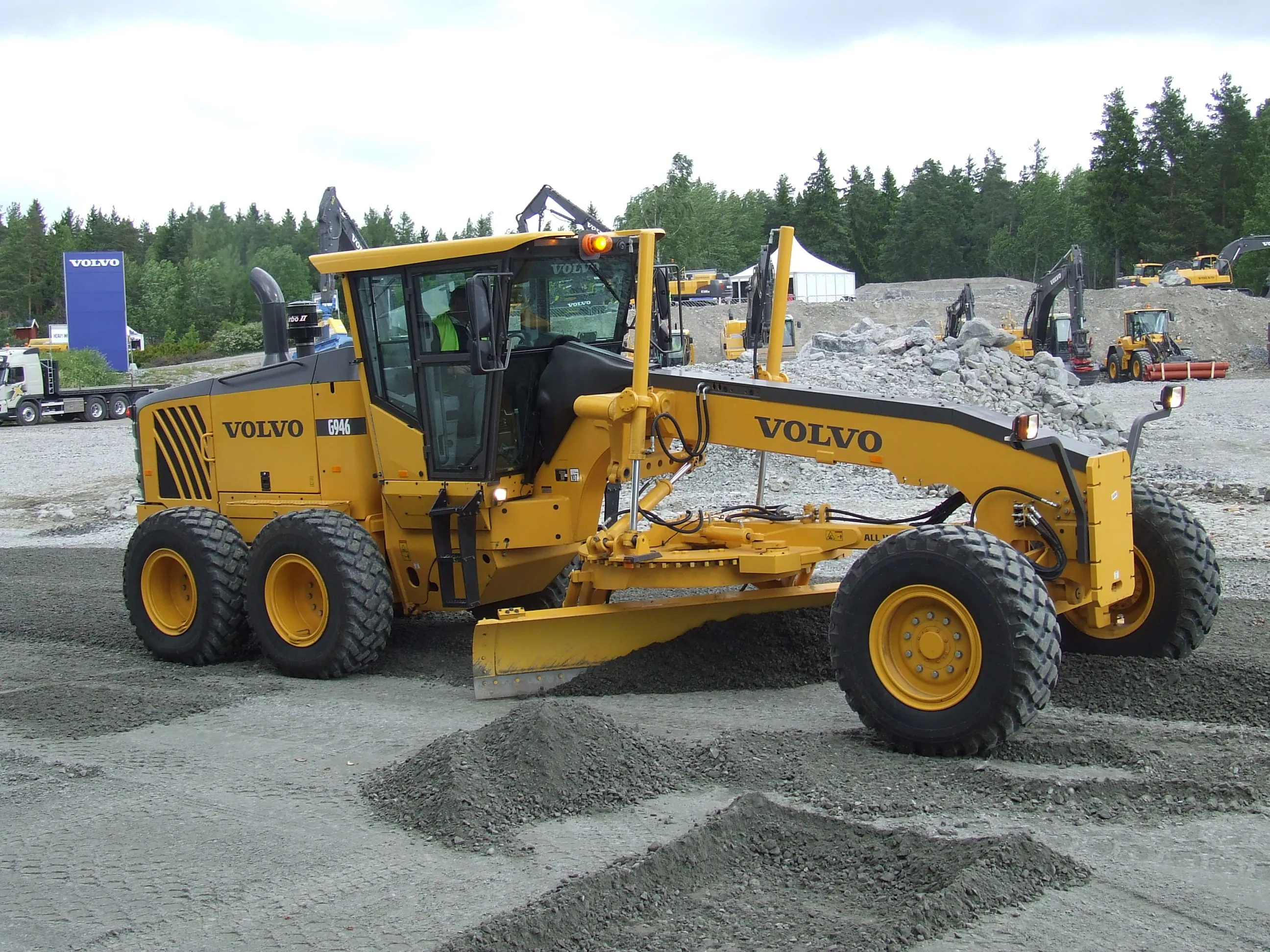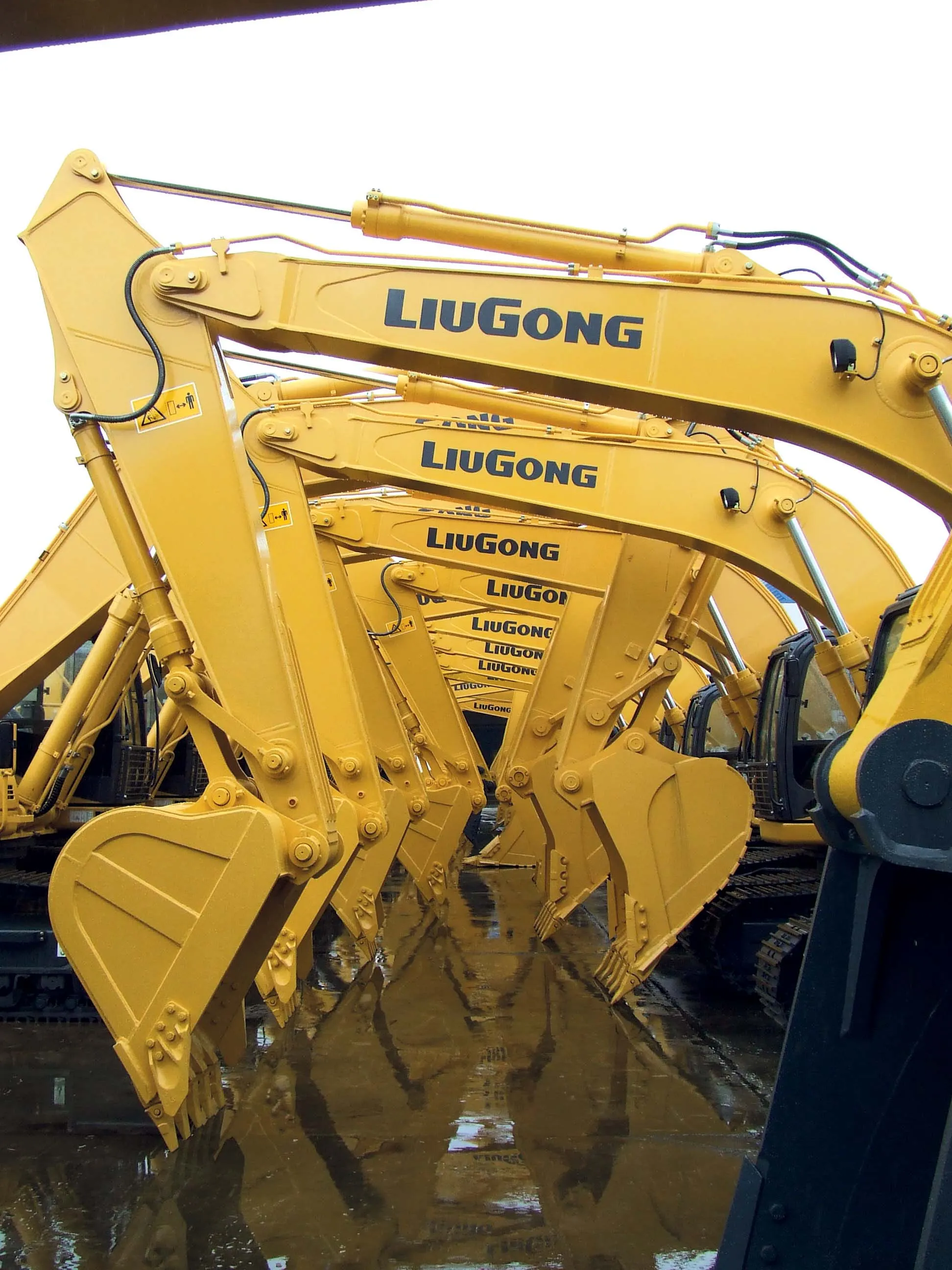Volvo CE has announced it is moving production of its backhoe loaders and motor graders to its Chinese SDLG operation. The move is being made as part of a larger reorganisation, intended to boost overall profitability.
Cost-saving measures are being implemented by Volvo CE to address the profitability of certain products. And the firm is opting to discontinue product development and production of backhoe loaders and motor graders in Europe and Americas and transfer these operations to its Chinese company
November 13, 2014
Read time: 2 mins

Cost-saving measures are being implemented by Volvo CE to address the profitability of certain products. And the firm is opting to discontinue product development and production of backhoe loaders and motor graders in Europe and Americas and transfer these operations to its Chinese company
The current product lines of advanced Volvo-branded backhoe loaders and graders have addressed a relatively small premium segment of the market. SDLG-branded backhoe loaders and motor graders will better serve customer demands in the large and growing value segment of the market.
Currently, motor graders are built at Volvo CE’s production sites in Shippensburg, US, and Pederneiras, Brazil, while backhoe loaders are manufactured in Pederneiras, Brazil, and Wroclaw, Poland. Ceasing European production of backhoe loaders will result in the closure of Volvo CE’s operations in Wroclaw.
The measures within Volvo CE are a part of the series of new activities within the increased scope of the Group’s Strategic Program 2013-2015, which was published in conjunction with the report on the third quarter 2014. Combined, these activities are expected to reduce the Group's structural costs by US$472 million. Together with ongoing activities, the ambition in the Strategic Program is to reduce the Group’s structural costs by $1.35 billion compared to 2012 and that all activities are implemented by the end of 2015 with a full-year savings-effect in 2016. For further information, refer to the Volvo Group’s report on the third quarter 2014.








